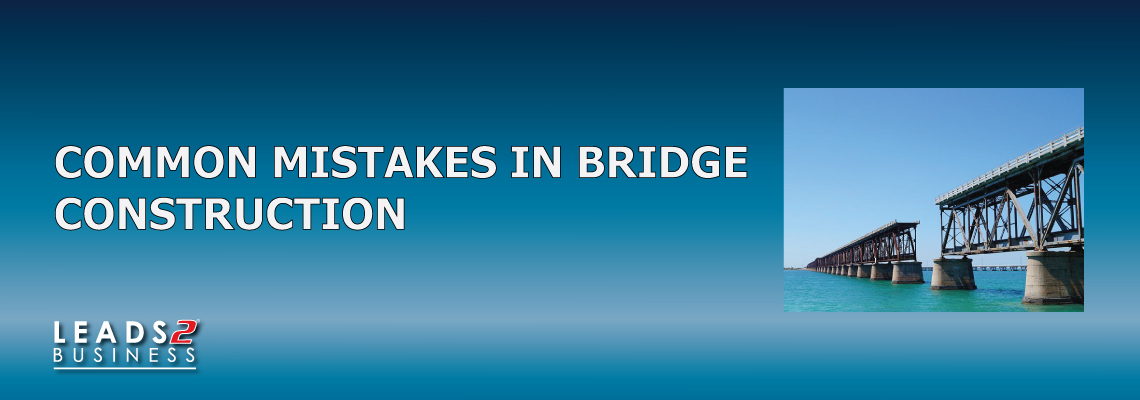
Researching bridges, who knew it could be this interesting, here are three bridges that caught my attention. A bridge is not just a from of infrastructure for the use of transport, but they turn into historical landmarks within the cities and countries they are built in.
Here are some landmarks:
The longest bridge in the world is known as Danyang – Kunshan Grand Bridge, construction on this bridge started in 2006 and the bridge was opened on 30 June 2011. Employing 10,000 workers, and built at a cost of about $8.5 million. This bridge stretches a length of 165 kilometres over the waters in China, part of the Beijing-Shanghai High-Speed Railway. The bridge averages about 100 feet (31 meters) off the ground. This bridge type is called Viaduct.

The longest bridge in South Africa was built in March 1879, there were no details logged as to how long it took to build the bridge. This bridge is situated the Orange River, connecting the Eastern Cape and Free State, situated just outside the towns. The arched D.H. Steyn Bridge (also known as Hennie Steyn Bridge) is 1,152 km long and 51,5 meter high over water levels. This bridge is not only accessible for vehicles, but also has railway access.

The most visited bridge in South Africa is the Nelson Mandela bridge located in Johannesburg. This bridge took a budget of R102-120 million to build. The construction took place over 42 railway lines without disturbing any traffic, there are no logs as to when the construction actually started, but the bridge was completed in 2003. This bridge ranges in length of 284m and 27m high.

A bridge project that is currently taking place in Africa is known as the Bahir Dar Abay Bridge in Ethiopia.
Visit Leads 2 Business website for more information on bridges under construction in South Africa and Africa.
Sources:
Wikipedia
Mype
Google
If you are interested in becoming one of our subscribers, please visit Leads 2 Business.
To view notes with screenshots on how to use our website, please visit Leads 2 Business Wiki.
To view more Articles, please visit our Leads 2 Business Blog.


